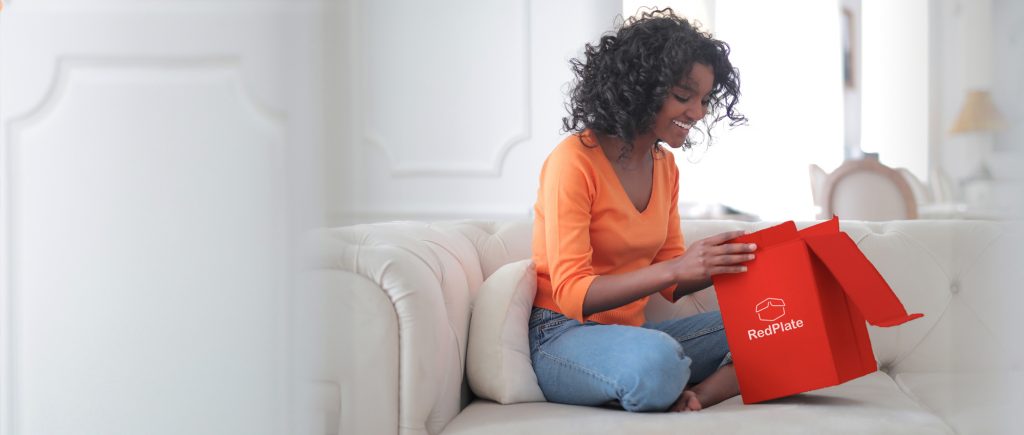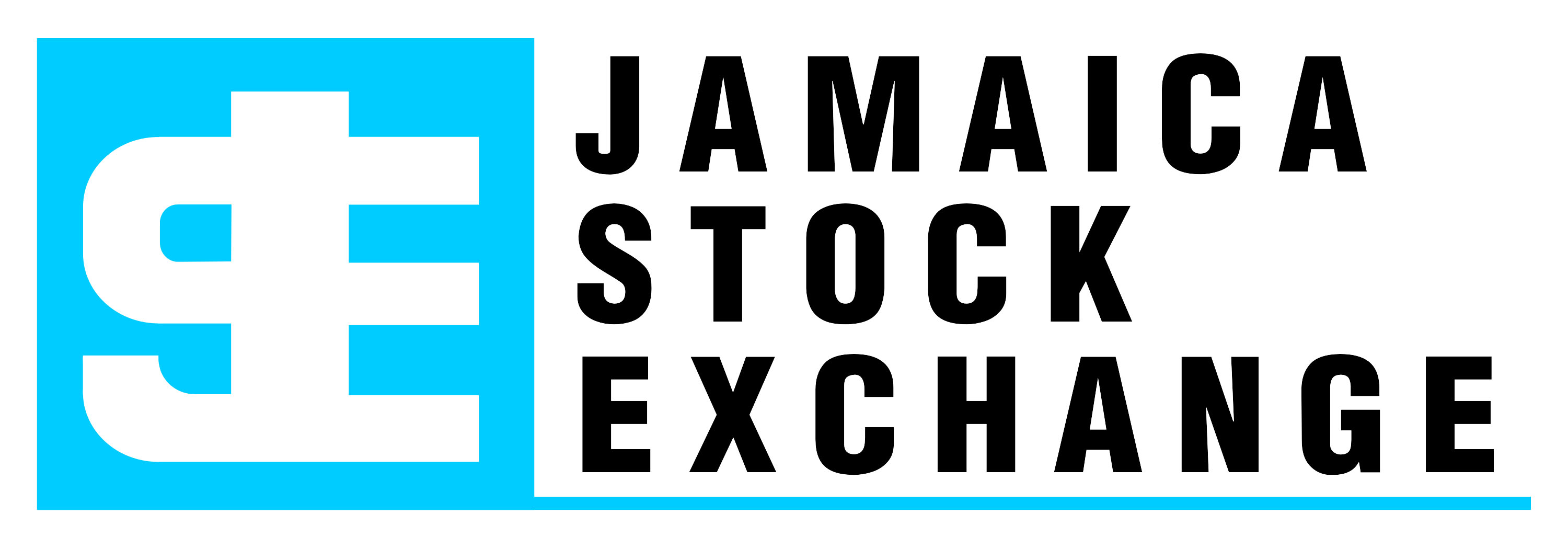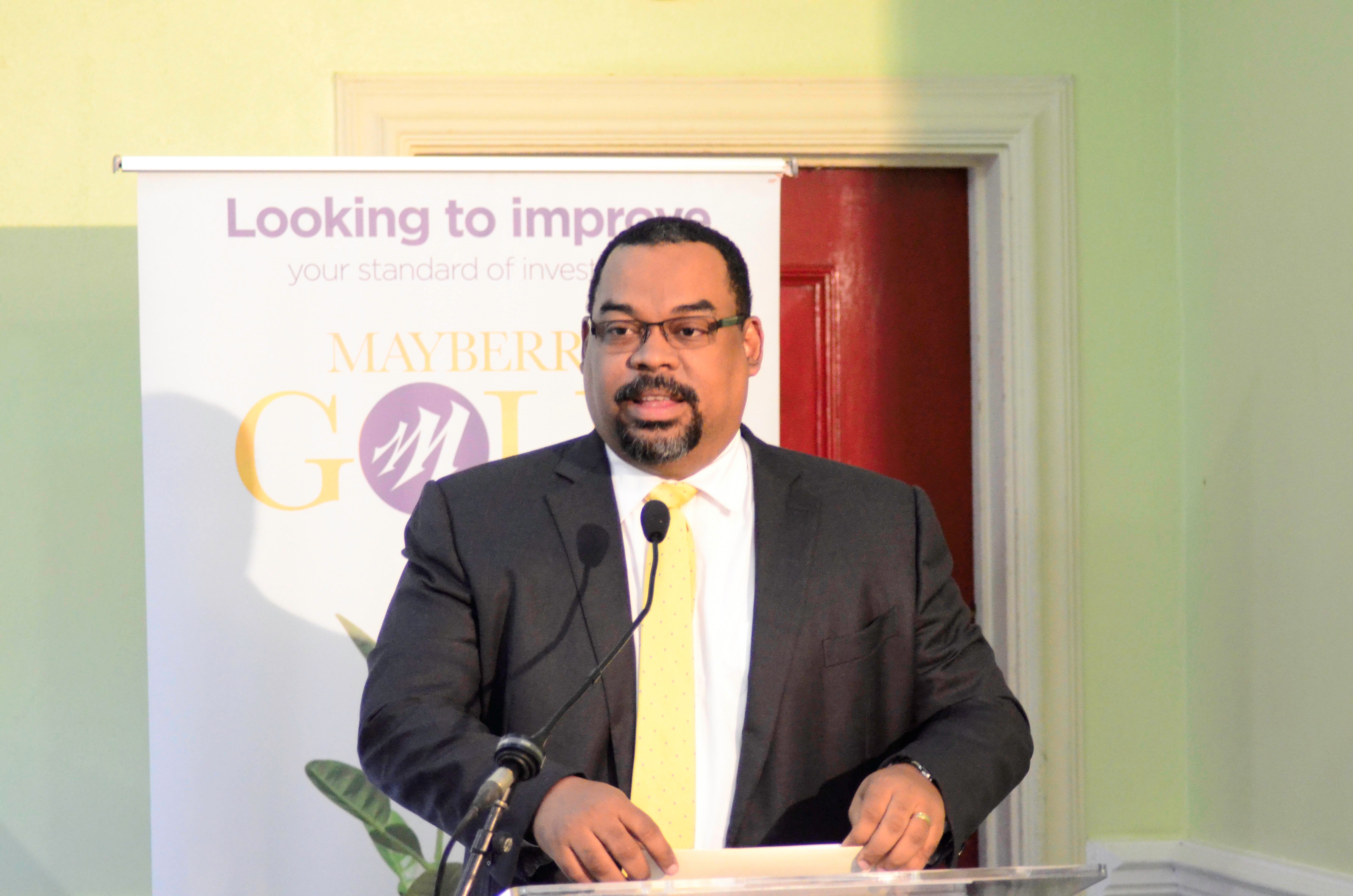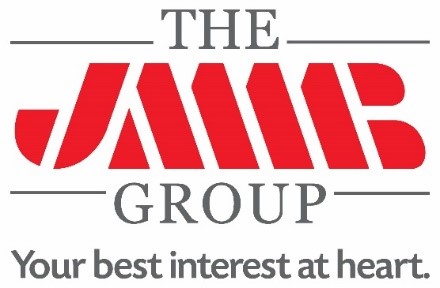How Bud Light Can Get Back to Selling Beer
An In-Depth Look at the New (Old) Rules of Beer Marketing
It’s time for Bud Light to grow up. That must be painfully obvious to Anheuser-Busch InBev and new CMO Paul Chibe, because they’ve asked a half-dozen agencies to tell them how to fix a brand that for years has prided itself on “sophomoric humor,” an approach that finally, predictably, led to Bud Light’s first sales decline in 27 years, in 2009 — a decline that continues to this day.
Thing is, there are some fundamental truths about beer advertising that I always thought were obvious, but apparently they’re not, because Bud Light has violated all of them in recent years. And if the company is to have a chance of re-establishing any relevance with today’s beer drinkers, it would be well-advised to consider the following.”New (Old) Rules,” I’ll call them, with apologies to Bill Maher.

‘Here we go’ (again): Apparently the sophomoric humor in the ‘Drinkability’ campaign wasn’t quite enough for Bud Light execs.
New (old) rule: It’s the strategy, stupid.
Until last year’s Super Bowl, Bud Light’s advertising (from DDB) had insisted that it represented “Drinkability,” a word lifted right off Budweiser’s label. It was believable; it even made sense — for Budweiser. It made no sense for Bud Light.
Once they figured out that “Drinkability” was at best a product “reason why,” and at worst irrelevant to the light-beer category, they changed it to “just the right taste,” which is what every beer drinker in the entire world already thinks about his beer.

Sophomoric: ‘Drinkability’ was an irrelevant product attribute. It was made even worse by being wrapped in sophomoric humor.
Bud Light’s next (and current) campaign, “Here We Go,” from Cannonball, St. Louis, was “intended to convey that Bud Light is a “catalyst for good times,'” Keith Levy, A-B’s then CMO, told The New York Times in 2010. “When Bud Light shows up, the party is going to begin.” Not exactly a strategic point of difference.
First and foremost a beer strategy has to define a relevant, emotional connection to beer drinkers; something more than fun. And a desired — and relevant — brand personality needs to describe the connective tissue. Relate to the beer drinker, reach him, give him something to identify with — to aspire to, even. The badge to wear. Something positive. Then it can justify it all with a viable product attribute or two.
New (old) rule: Beer drinkers buy the image, not the ingredients.
Mass-market beer drinkers rationalize their choices based on the ingredients, “quality” or brewing process, which they’ll even interpret as “taste.”
But nobody makes real beer choices based on rational reasons.
You can justify anything through focus groups. You hear what you want to hear — especially if you’re looking for respondents to play back your ingredients messaging. Sure, they’ll tell you, they heard it, and yeah, it’s meaningful.
But they’re lying.

Ads for grown-ups: The ‘Grab Some Buds’ campaign is relevant, engaging advertising befitting a on-time brand leader.
They don’t care about product attributes, they’re only using them to rationalize an emotional decision.
They must not care about taste, either. AB InBev’s president, Dave Peacock, was quoted not too long ago as saying, Budweiser “wins blind taste tests again and again. It’s the perfect liquid.” Meanwhile the brand was tanking.
So, yeah, you do have to give them a viable product “reason why.” Just don’t make it the core strategy.
New (old) rule: Beer isn’t funny, or goofy. Or sophomoric.
Beer drinking ain’t funny, either. It’s reparative, irreverent, satisfying, thirst-quenching, rewarding, all about bonding and camaraderie, and hooking up. It’s cool. A good time, too, for sure. But not funny, unless maybe you’re drunk.
AB seemed to think that the major flaw in the “Drinkability” campaign was that the brand’s “sophomoric humor” had been lost. So it tried to recover that with “Here We Go.” And guess what? Itdid.
Yeah, grab-ass beer drinkers drink Bud Light, and Budweiser. But only because they aspire to be something else, like genuine Bud drinkers. Market to the real Bud/Bud Light drinkers. The mopes will come along, too.
With “Grab Some Buds,” from Anomaly, New York, Budweiser has climbed out of that same rut with relevant, engaging advertising that reassumes the position of a one-time brand leader. It’s giving beer drinkers credit for, you know, having their acts together, or something.
New (old) rule: Beer drinkers aren’t morons. Or dipshits.
You wouldn’t know that from Bud Light’s sophomoric humor.
I mean, what’s with the dorks in Bud Light’s “Clothing Drive”? Is that supposed to be us beer guys up there on the screen, wandering around the office in our underwear with our flabby pink guts out in front of us? Or the dipshits going to ridiculous extremes to get fired in “Severance Package”? Oh man.
If I don’t like the guys in your commercials, I ain’t drinking your beer.
At the very least, don’t hold us up to ridicule. In life we should be able to laugh at ourselves. It’s trickier in advertising.
New (old) rule: All beer drinkers are not alike.
Here are the possible explanations for Bud Light’s advertising to date:
- Young goofy white guys drink 99% of the beer they sell.
- They think all heavy beer drinkers act the fool.
- They simply don’t care about the rest of us.
- They think all beer drinkers are alike.
Otherwise they wouldn’t have been cranking out this sophomoric-humor advertising to the mass market for the past umpteen years.
If Bud Light has become “my father’s beer” — the kiss of death in beer — then you’ve got to speak to their offspring, in their language, in their environment. But first of all, there’s no damned reason to walk away from us fathers. We drink a lot of beer, too, plus we’ve got more money.
It may take something more radical to reach the 21-to-24-year-old beer drinkers, to shed the old-guy image. But don’t compromise it by trying to be that way with everybody.
What is the overarching Bud Light platform that speaks to its heaviest beer drinkers? The highest common denominator, not the lowest? And how can it be reinforced with segments critical to their success: 21-to-24-year-olds, as well as Hispanics and Blacks?
New (old) rule: Assume the position of a brand leader.
Leaders lead, they don’t follow. Leaders set the standard, they don’t respond to lesser brands. And they certainly don’t stoop to their levels.
Bud Light endures as the world’s best-selling beer, with Budweiser the second best-selling, but Coors Light continues to gain and may even pass Budweiser soon. Bud Light (like Budweiser) has tried to staunch the bleeding with me-too line extensions .
Thing is, it’s the primary Bud Light brand that’s the problem, and line extensions are only going to make it worse. It’s time Bud Light acted like the dominant light-beer category leader. Like the world’s top-selling beer. It’s time for Bud Light to assume the position and reinvigorate a franchise that continues to erode at the edges.
It’s time for the brand to grow up.
ABOUT THE AUTHOR
Tim Arnold, a 35-year advertising-industry veteran who ran the Budweiser business for 10 years at D’Arcy, St. Louis, now runs his own consultancy, Possible20 (tim@possible20.com)
http://adage.com/article/cmo-strategy/bud-light-back-selling-beer/230550/?utm_source=cmo_strategy&utm_medium=newsletter&utm_campaign=adage

 Businessuite News24 International2 years ago
Businessuite News24 International2 years ago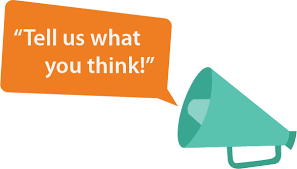
 Feedback & What You Think2 years ago
Feedback & What You Think2 years ago
 Marketing & Advertising2 years ago
Marketing & Advertising2 years ago
 Businessuite Women1 year ago
Businessuite Women1 year ago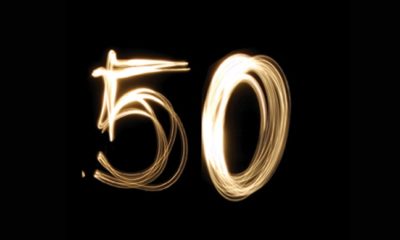
 Businessuite 50 Power and Influence1 year ago
Businessuite 50 Power and Influence1 year ago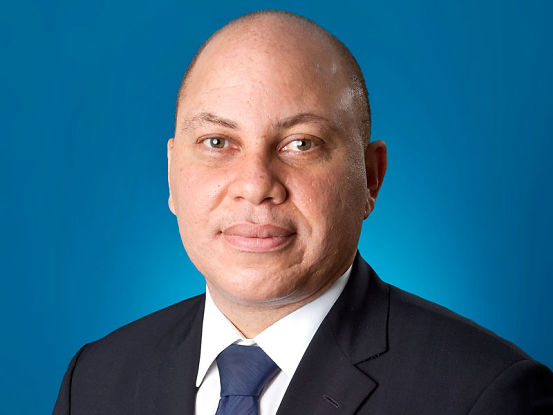
 Leadership Conversations1 year ago
Leadership Conversations1 year ago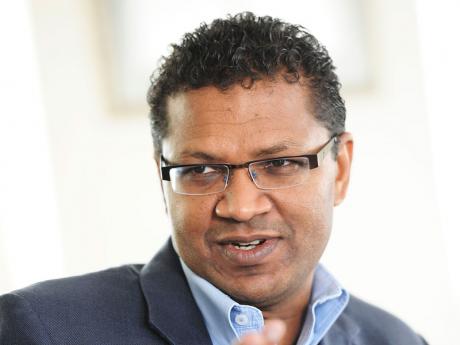
 Businessuite Markets2 years ago
Businessuite Markets2 years ago
 RANKING2 years ago
RANKING2 years ago
